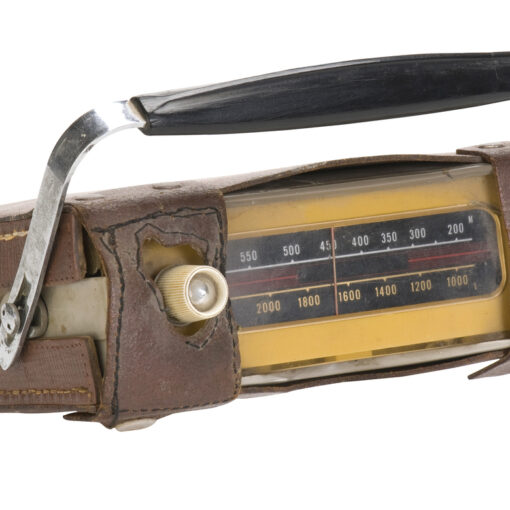Ham radio, also known as amateur radio, is a hobby that connects people from all corners of the globe. Enthusiasts, or hams, use radio equipment to communicate with one another, exchanging information, experiences, and fostering friendships. At its core, ham radio is all about connecting with others, and this passion for communication has given rise to a wide variety of events for ham enthusiasts worldwide.
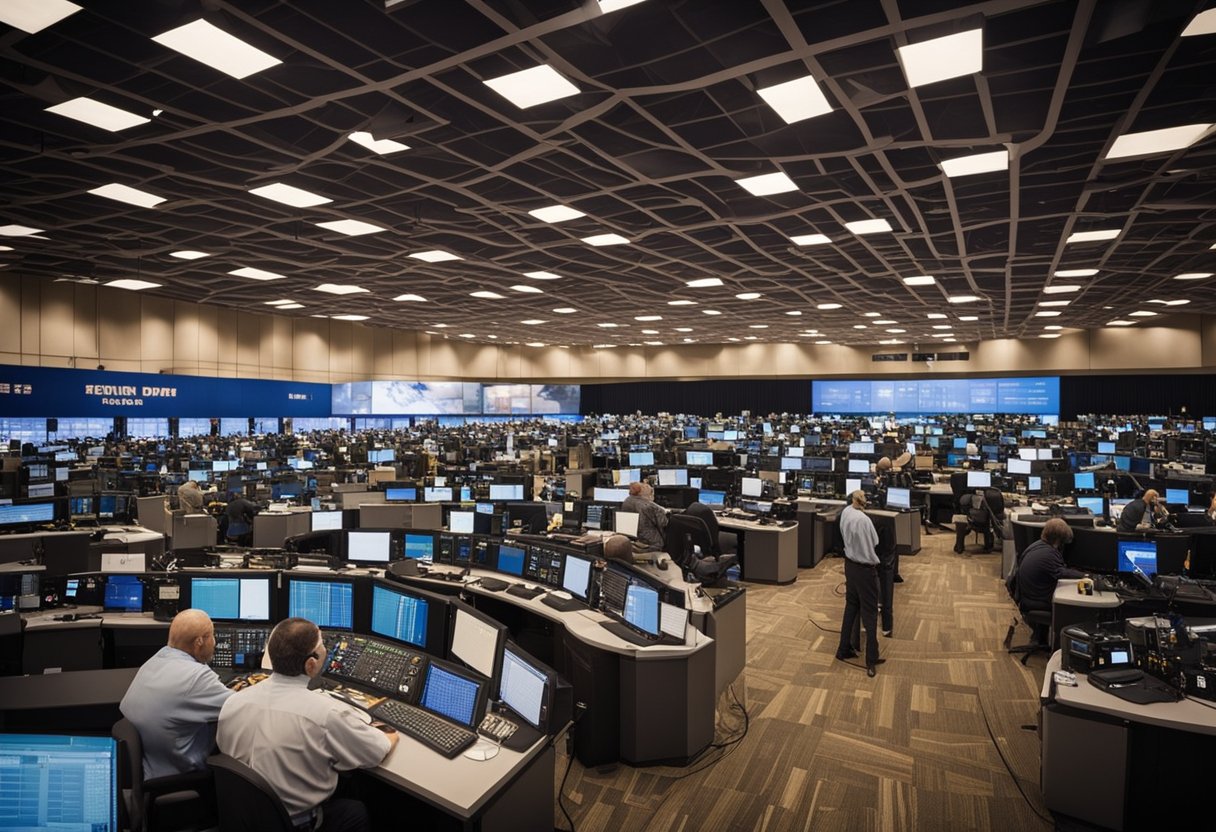

The phenomenon of global ham radio events has its roots in the early days of radio communication, but it continues to evolve and expand to this day. With international organizations, contests, and collaborations, ham radio enthusiasts now have more opportunities than ever to connect on a global scale. From local club events to worldwide contests, ham radio events span an incredible range, catering to the many diverse interests within the broader ham radio community.
Key Takeaways
- Ham radio events unite people from around the world through their passion for radio communication
- A variety of global amateur radio events cater to different interests, from contests to collaboration
- The future of ham radio remains bright, with the hobby continuing to evolve and adapt to new technologies and social trends
The History of Global Ham Radio Events
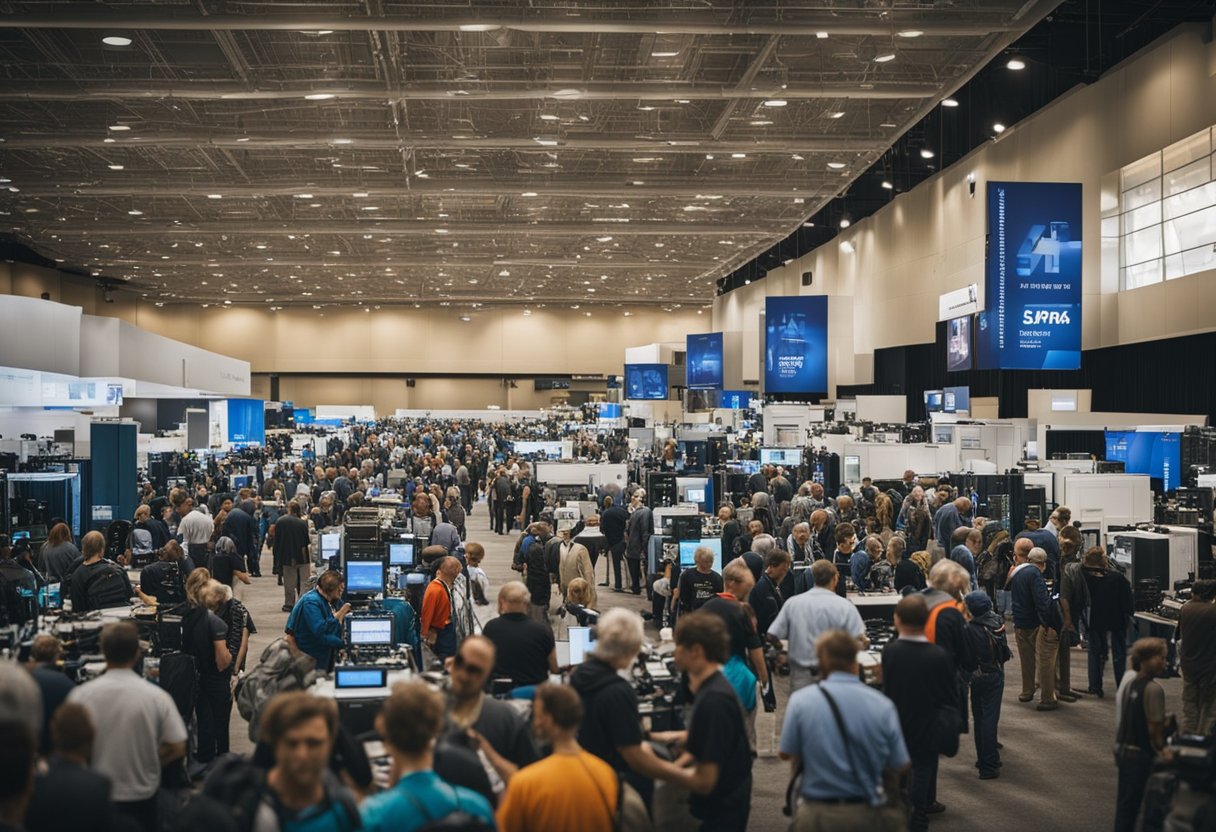

Early Beginnings and Morse Code
In the early days of ham radio, operators predominantly used Morse code as their means of communication. The invention of Morse code by Samuel Morse in the 1830s revolutionized long-distance communication, providing a simple and efficient way to convey messages. Ham radio operators, sometimes referred to as “hams,” quickly adopted this form of communication and used it to forge connections with other enthusiasts around the world.
Morse code was an essential part of ham radio communication during its early years, with operators often bouncing signals off the ground, ionosphere, and the Moon to extend their reach. Ham radio events frequently involved demonstrations of skill and expertise in Morse code, with operators competing to make contact with other participants and exchange messages.
Significant Milestones and Regulations
Over the years, ham radio has seen significant milestones and technology advancements. The first transatlantic transmitting and receiving tests began in 1921, and by 1960, the first two-way contact via the Moon took place on 1296 MHz.
As ham radio grew in popularity, it became necessary to implement regulations to manage the use of radio frequencies and ensure that it did not interfere with other communication systems. For instance, in the early 1900s, radio interference became a significant problem, with some operators even intentionally causing disruptions (an issue noted in HAM Radio’s history on Wikipedia). In response, various governments established regulations to govern the operation of amateur radio. These regulations sought to control frequencies and equipment used, provide licenses to operators, and coordinate ham radio activities.
Today, global ham radio events like Field Day continue to form an essential part of the amateur radio community. These events showcase operators’ skills, promote camaraderie among enthusiasts, and demonstrate ham radio’s value in emergency communication, public service, and communications technology. While Morse code may no longer be the primary mode of communication, its influence on the early days of ham radio events is undeniable, and many operators still carry on the tradition by incorporating it into their activities.
Understanding Ham Radio Operations
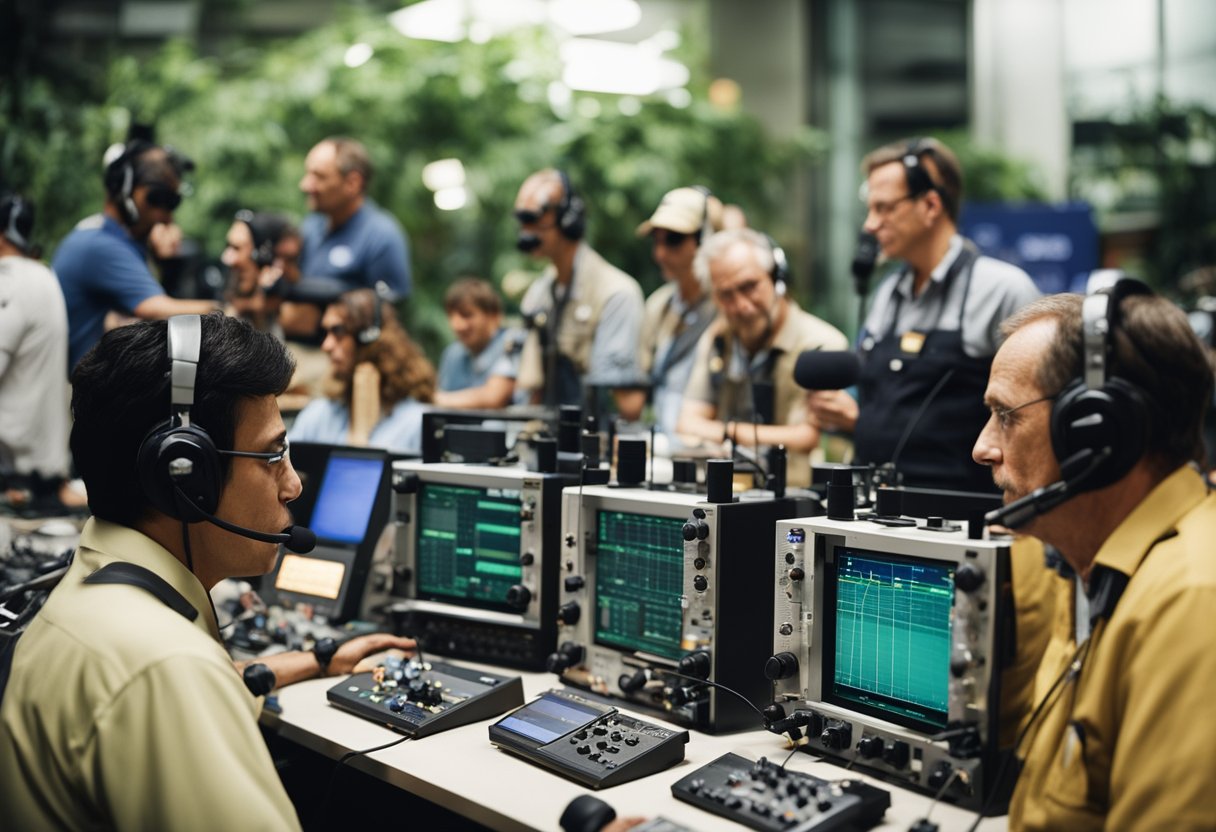

Radio Equipment Essentials
Ham radio, also known as amateur radio, is a hobby where enthusiasts communicate with other operators around the world using radio equipment. It is essential for ham radio operators to have a basic understanding of the radio equipment they use. A typical setup consists of the following components:
- Transceiver: This device combines a transmitter and a receiver, enabling communication on various frequencies.
- Antenna: A crucial element to transmit and receive radio signals effectively. They come in various shapes, sizes, and designs based on the frequency range used.
- Power supply: Provides the necessary power for the transceiver and other auxiliary devices.
- Accessories: Additional equipment such as headphones, microphones, and amplifiers can augment communication capabilities and efficiency.
It is also worth noting that the cost of entry-level handheld UHF/VHF radios has reduced significantly, thanks to Chinese manufacturers.
Key Skills for Ham Radio Operators
Operating ham radio requires mastering specific skills to ensure effective communication and adherence to governing regulations. Some essential skills for ham radio operators are:
- Technical knowledge: A basic understanding of radio technology and electronics helps operators use their equipment efficiently, troubleshoot issues, and perform minor repairs or upgrades.
- Radio etiquette: Following proper etiquette ensures smooth communication and cooperation among operators. This includes using internationally recognized phonetic alphabets, respect for fellow operators, and adherence to the allocated frequencies and power levels.
- Morse code: Although not mandatory, proficiency in Morse code can be advantageous, especially during weak signal conditions or emergency situations where voice communication may not be possible.
- Propagation: Understanding how radio signals travel around the world helps operators choose the appropriate frequencies and antennas to establish communication more effectively.
- License and regulations: Ham radio operators are required to obtain a license, and they must be familiar with local and international regulations to ensure they operate within the legal boundaries.
By acquiring essential radio equipment and mastering the relevant skills, ham radio operators can participate in various events and enjoy the thrill of connecting with like-minded enthusiasts across the globe.
Global Ham Radio Organizations
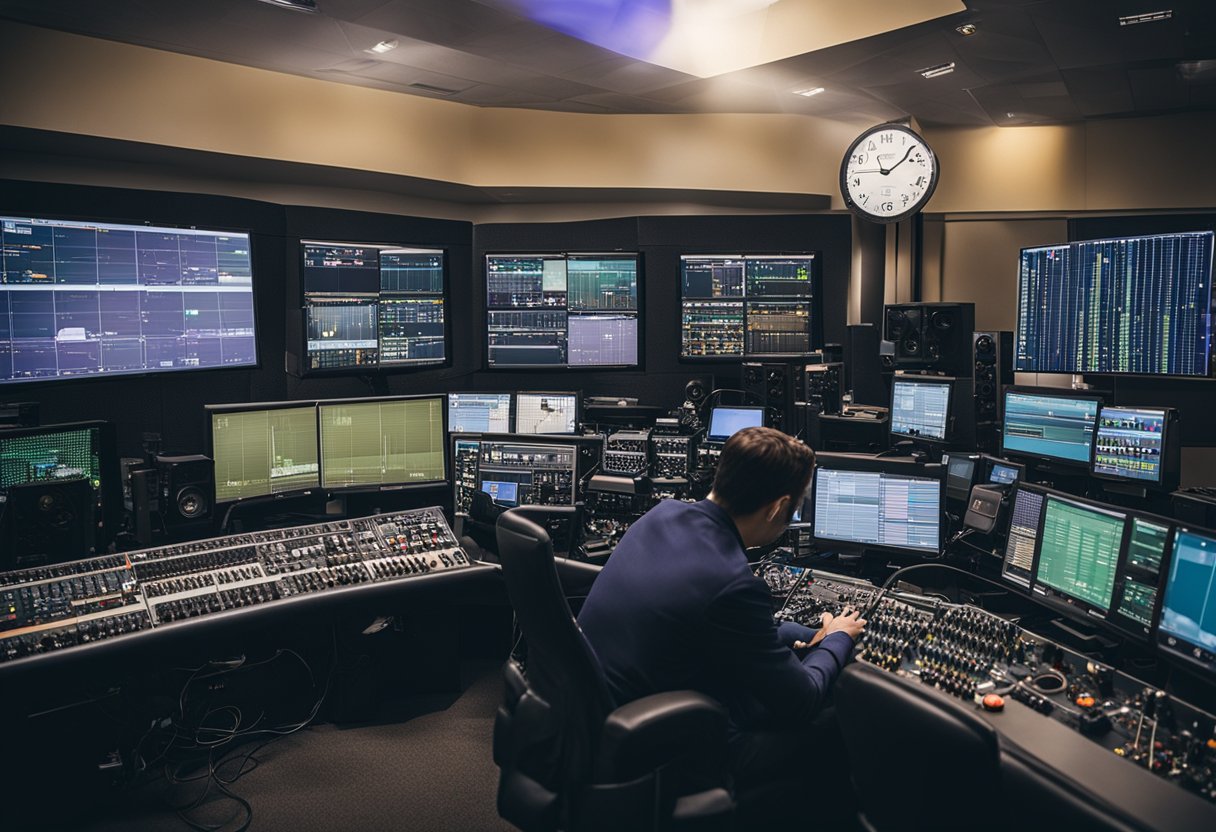

The Role of the American Radio Relay League (ARRL)
The American Radio Relay League (ARRL) is a prominent organization within the amateur radio community in the United States. Its primary focus is to support and advocate for amateur radio operators, providing resources such as educational materials, technical assistance, and licensing information. It also plays a significant role in organizing ham radio events like hamfests and conventions, where enthusiasts can gather to exchange ideas, experiences, and equipment.
Key ARRL Initiatives:
- Hamfests and Conventions Calendar: The ARRL maintains a comprehensive online calendar of hamfests and conventions, making it easy for operators to find and attend these events.
- Education and resources: The ARRL offers numerous educational resources, including online courses, workshops, and publications, to help amateur radio operators improve their skills and knowledge.
- Lobbying efforts: The ARRL is also involved in lobbying for the interests of amateur radio operators, advocating for spectrum allocation and better legislation to protect and promote amateur radio activities.
International Amateur Radio Union Involvement
The International Amateur Radio Union (IARU) is a global organization that represents the interests of amateur radio operators worldwide. Its main responsibilities include coordinating frequency allocations and ensuring that radio amateurs have access to the necessary spectrum for their activities.
Some notable IARU actions and events include:
- World Amateur Radio Day: The IARU celebrates World Amateur Radio Day annually on April 18th, promoting the importance of amateur radio as a global communications tool and acknowledging the contributions of amateur radio operators.
- ITU-R Radio Assembly participation: The IARU is involved in working with international entities like the ITU-R to ensure amateur radio spectrum is protected and maintained. For example, they have recently contributed to the development of the ITU-R Recommendation on the 23cm amateur band and RNSS operations.
Overall, global ham radio organizations like ARRL and IARU play crucial roles in promoting and protecting the interests of amateur radio operators worldwide. Through their efforts, opportunities for increased learning, collaboration, and advocacy continue to grow, benefiting the entire amateur radio community.
International Ham Radio Events and Contests
Annual Competitions and Contests
Amateur radio enthusiasts can participate in numerous global competitions and contests held throughout the year. Some popular annual events include the CQ World Wide DX Contest, the ARRL International DX Contest, and the IARU HF World Championship. These international competitions not only test the skills of operators but also promote camaraderie among the global ham radio community.
Contestants usually focus on making as many contacts as possible within a specific time limit or using particular frequencies and modes. Many of these contests have various categories, such as single-operator, multi-operator, or club-based participation, providing numerous opportunities for amateurs to showcase their talents and connect with fellow enthusiasts worldwide.
Cultural and Educational Events
In addition to competitions, there are also ham radio events providing opportunities to learn from others and engage in cultural exchanges. Some of these events include international conferences, workshops, and seminars, where participants share their knowledge, experience, and work on projects together.
Examples of educational events include the International Amateur Radio Union (IARU) Region 1 and 2 Annual Meetings and the Dayton Hamvention, where attendees discuss trends, technological advances, and future plans. These gatherings provide a platform for the international amateur radio community to share their love for the hobby and establish connections that transcend borders.
Emergency Communication Drills
Ham radio operators play a crucial role during natural disasters and emergencies, providing essential communication services when traditional communication channels fail. Regular participation in emergency communication drills is essential for operators to hone their skills and enhance their preparedness.
These drills involve testing communication capabilities, familiarizing operators with emergency procedures, and fostering collaboration between amateur radio organizations and disaster relief agencies. Some examples of international emergency communication drills include the annual Simulated Emergency Test (SET) organized by the ARRL, and the Global Simulated Emergency Network (GSEN) exercises conducted by the International Radio Emergency Support Coalition (IRESC).
Participation in these drills enables ham radio operators to demonstrate their expertise, practice essential skills, and gain valuable experience in handling real-world emergency situations. In doing so, they contribute significantly to ensuring the safety of communities worldwide during times of crisis.
Ham Radio in Space
Astronauts and the International Space Station
The International Space Station (ISS) is home to an engaging and educational initiative called Amateur Radio on the International Space Station (ARISS). This program enables proficient ham radio operators, known as astronauts and cosmonauts, to communicate with people on Earth, particularly students, through ham radios. Many countries, including the USA, Russia, Japan, Europe, and Canada, have established the ARISS program to encourage international communication and education in the field of space and ham radio operations.
The ISS Ham Radio, also referred to as Amateur Radio on the International Space Station, has been in continuous operation for over 40 years. Throughout this period, the program has successfully organized approximately a hundred contacts annually, connecting over 100 crew members with more than 1 million student participants across 49 U.S. states, 63 countries, and every continent.
With the support of experienced amateur radio volunteers from various clubs worldwide, as well as ARISS team’s coordination, the ISS crew members can interact directly with large groups, including students, teachers, and parents. These conversations typically take place during school assemblies, science centers and museums, Scout camporees and jamborees, and even space camps.
Participating in ARISS program activities helps to educate students about the importance of amateur radio, foster interest in science and technology, and provide a unique and hands-on experience of communicating with astronauts and cosmonauts. Additionally, it serves as a powerful platform for global cooperation through events such as “NASA on the Air” which highlights important space milestones by bringing amateur radio clubs from different NASA centers together.
In conclusion, the Ham Radio in Space initiative provides an invaluable opportunity for students worldwide to learn about the vital role of amateur radio in space exploration. Furthermore, the Amateur Radio on the International Space Station program serves as an incredible bridge between astronauts in orbit and people on Earth, fostering a spirit of curiosity, global cooperation, and scientific understanding.
Community Engagement and Ham Radio Clubs
Ham radio clubs play a crucial role in fostering community engagement and connecting people with similar interests. They provide a platform for enthusiasts to share ideas, knowledge, and experiences related to amateur radio operations. By participating in local events and fostering international friendships, these clubs unite nations through the power of ham radio.
Local Clubs and Young Enthusiasts
One of the key aspects of ham radio clubs is their ability to attract young people towards this fascinating hobby. Encouraging young enthusiasts to participate in ham radio events helps develop both technical and communication skills. Local clubs often conduct workshops and educational programs specifically aimed at youngsters, ensuring the hobby’s growth and continuity.
Some ways clubs engage young people are through:
- Hosting hands-on workshops
- Organizing contests
- Providing mentorship programs
- Participating in school events
Organizations like Ham Community help connect amateur radio clubs globally, allowing them to collaborate on events and share resources. This interconnectivity ensures that clubs are always up-to-date with the latest information and technology related to ham radio operations.
In conclusion, the participation of young enthusiasts and local ham radio clubs in community events reflects the global scope and power of amateur radio communications. The dedication and passion for this hobby have the potential to unite people across geographical boundaries, ultimately contributing to a more connected world.
Ham Radio’s Role During Natural Disasters
During natural disasters, maintaining reliable communication channels is critical. Ham radio, also known as amateur radio, plays a vital role in providing emergency communication when traditional infrastructure fails. In times of crisis, ham radio operators can assist first responders, connect individuals with aid organizations, and facilitate overall coordination efforts.
Real-World Examples and Impact
- Hurricane Katrina (2005): When other communication systems were overwhelmed or destroyed, ham radio operators provided essential information to emergency services and affected residents. They relayed timely updates on weather conditions and coordinated medical assistance, contributing to the overall disaster response. Source
- Haiti Earthquake (2010): Soon after the catastrophic earthquake, amateur radio operators from around the world banded together to establish lines of communication, connecting relief agencies and coordinating rescue efforts. This assistance was invaluable, as most traditional communication systems were severely impacted by the disaster. Source
- Maui Fires (2018): The National Association for Amateur Radio and the Hawaii Amateur Radio Emergency Service showcased the critical role that ham radio plays when conventional communication infrastructure fails. Ham radio operators were able to maintain and restore communication, assisting in disaster response and recovery. Source
Ham radio is not only valuable during the aftermath of a disaster event but also plays a key role in disaster preparedness. Many amateur radio operators are part of local emergency response teams and actively participate in disaster drills and exercises to ensure effective communication when it’s needed most. It’s essential to recognize the impact of ham radio in managing crises and supporting recovery during natural disasters, making it a necessary component of emergency communication strategies.
The Future of Ham Radio
Technological Advances and the Internet
The rapid development of technology and the widespread use of the internet have impacted the world of ham radio. Software-defined radio and cheap hardware have begun to transform this hobby, long associated with engineering (source). With the advent of digital communication methods such as text messages and social media platforms, ham radio operators are facing new challenges in the information age. As a result, the future of ham radio is becoming increasingly uncertain due to the growth of more user-friendly communication platforms.
However, ham radio enthusiasts continue to look for ways to integrate new technologies into their hobby. For instance, some operators now use digital modes for communication, allowing them to communicate over long distances with less interference. This reflects the adaptability of the ham radio community and demonstrates their commitment to maintaining relevance in an ever-changing technological landscape.
Engaging the Next Generation
One of the keys to ensuring the survival of ham radio is to engage and inspire young people. With the current popularity of internet-based communication platforms, it is essential for the ham radio community to showcase the unique aspects and benefits of the hobby in order to attract a new generation of operators. Events like Hamvention 2023 bring together passionate individuals and innovative minds in the field, providing an opportunity to mentor and encourage younger participants.
As more young people become interested in science, technology, engineering, and math (STEM) fields, exposing them to the world of ham radio can help cultivate their skills and foster a sense of accomplishment. Participating in ham radio events, connecting with like-minded individuals, and even experimenting with new technologies are essential components in ensuring the future growth and sustainability of the ham radio community.
Frequently Asked Questions
What are the top ham radio events scheduled for 2023?
In 2023, several ham radio events are lined up to draw the attention of enthusiasts worldwide. The ARRL Ham Radio Field Day is a highly anticipated event in the United States and Canada, which provides a platform for ham radio operators to demonstrate their skills and interact with one another.
Where can I find a calendar of Hamfest events for 2023?
You can stay updated on upcoming Hamfest events for 2023 by checking their official websites or following popular ham radio organizations such as the ARRL. These platforms often provide a comprehensive calendar of ham radio events, including regional and national Hamfest gatherings.
How can I locate a nearby Ham Radio swap meet?
To find a nearby ham radio swap meet, you can refer to club websites and online forums dedicated to ham radio enthusiasts. Additionally, the ARRL website can be a valuable source of information for locating swap meets, Hamfest events, and other gatherings in your area.
What is the largest Ham Radio convention in the world?
The largest ham radio convention in the world is Dayton Hamvention, held annually in Dayton, Ohio. It attracts thousands of attendees from various countries and offers exciting opportunities to learn about new technologies, attend informative workshops, and interact with fellow ham radio enthusiasts.
How many operators are actively participating in ham radio today?
The exact number of active ham radio operators worldwide is subject to change, but it is estimated to be around 3 million. These operators come from diverse backgrounds and use their skills for various purposes, including socializing, experimental communication, and emergency services.
Can ham radio enthusiasts communicate internationally?
Yes, ham radio enthusiasts can communicate internationally, provided they adhere to the regulations and requirements of the countries involved. Ham radio operators use a vast range of frequencies and equipment to connect with fellow enthusiasts across the globe, showcasing the limitless possibilities of this captivating hobby.


